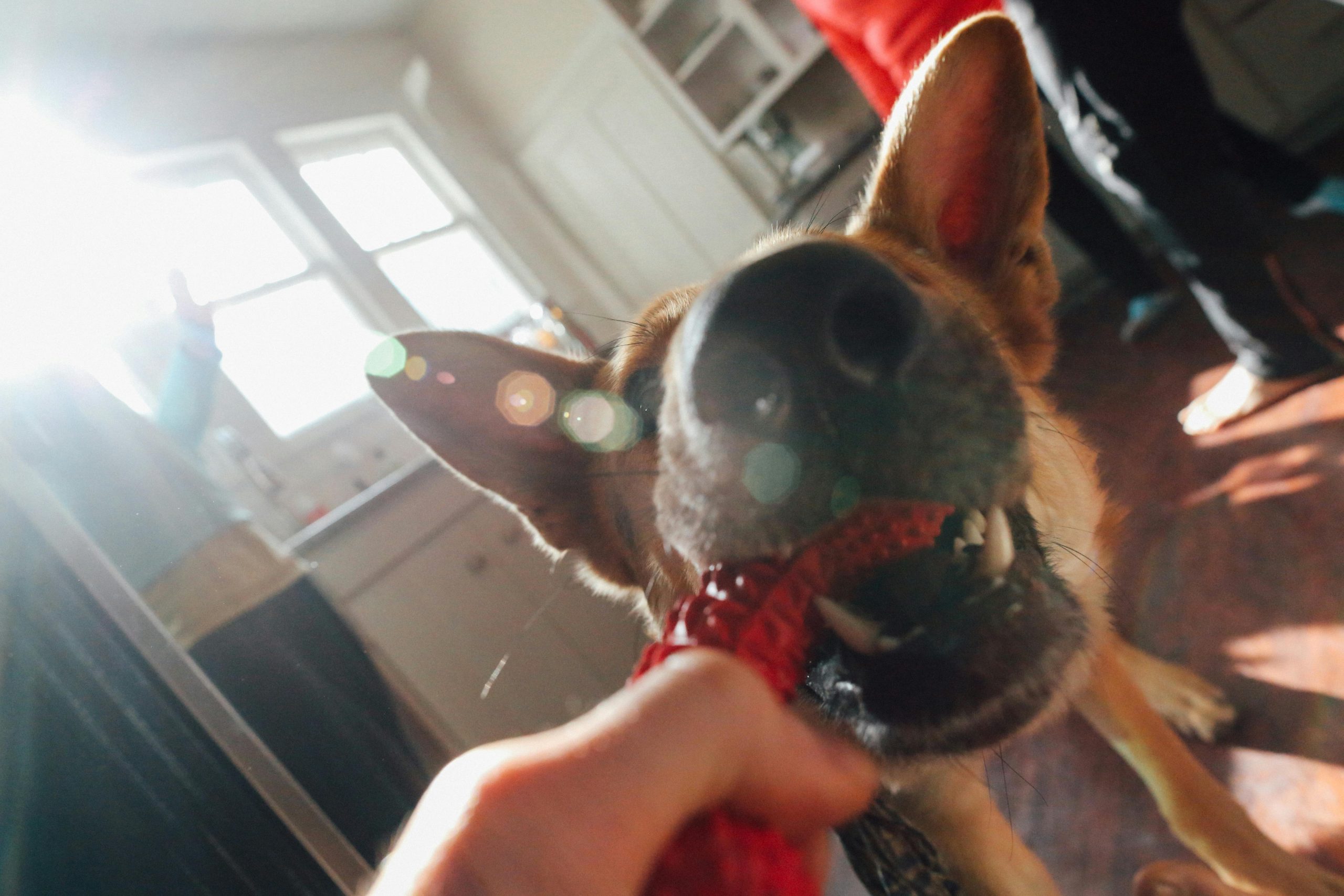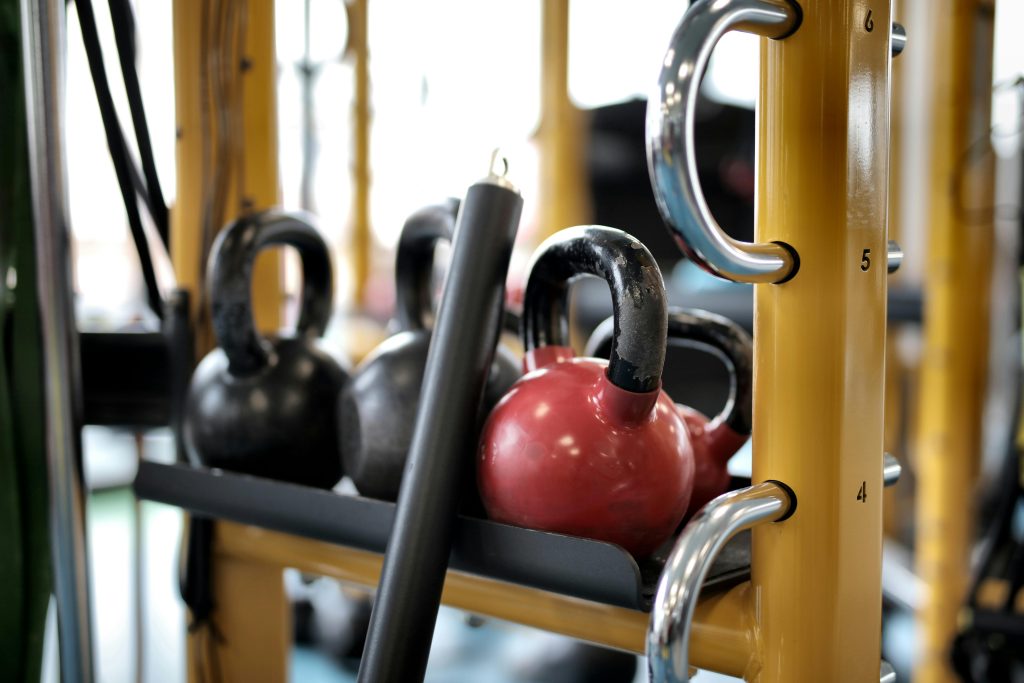Ever stared into your dog’s confused eyes while trying to teach them a new trick, only for them to lose focus completely? You’re not alone. Many pet owners struggle with choosing between object-based or hand-target training methods—two popular techniques that can make or break your pup’s progress.
In this guide, we’ll dive deep into understanding the concept of Object vs. Hand Targets. By the end, you’ll have actionable strategies, relatable advice, and even some brutally honest insights on what *not* to do. Let’s get started!
Table of Contents
- Key Takeaways
- Why Target Training Matters
- Step-by-Step Guide to Both Methods
- Best Practices for Success
- Real-Life Examples
- Frequently Asked Questions
Key Takeaways
- Understanding the pros and cons of Object vs. Hand Targets is crucial for effective pet training.
- Hand targets are great for foundational commands but may require more reinforcement over time.
- Object targeting works well for specific behaviors like retrieving items or interacting with tools.
- Avoid mixing signals; consistency is key in any training method.
Why Target Training Matters
Pet training isn’t just about teaching tricks—it’s about creating trust, communication, and mutual respect. Imagine asking your dog to sit at a café without using forceful gestures or repetitive yelling. That’s where target training comes in.

Figure 1: A dog practicing hand-target training.
I once tried teaching my golden retriever how to fetch slippers using hand targets because I thought it would be faster. Spoiler alert: It wasn’t. My poor pup ended up chasing his tail instead of listening to me. Lesson learned? Not all methods work for every dog!
Optimist You:
“Target training builds mental agility!”
Grumpy You:
“Yeah, unless you accidentally train your dog to ignore you entirely.”
Step-by-Step Guide to Both Methods
Step 1: Teaching Hand Targets
Hand targeting involves getting your pet to touch their nose (or paw) to your open palm. Here’s how to start:
- Stand close to your dog and hold out your flat palm toward their face.
- As soon as they move toward your hand, reward them immediately with a treat or praise.
- Gradually increase the distance between you and the dog so they learn to approach from farther away.
Pro Tip: Use a clicker paired with treats to reinforce positive behavior. Sounds complicated? It’s actually simpler than untangling your earbuds after a run.
Step 2: Introducing Object Targets
Object targeting requires your pet to interact with physical items like cones, sticks, or balls. Follow these steps:
- Choose a distinct object (like a brightly colored stick).
- Place the object near your pet and encourage interaction through treats.
- Pair verbal cues (“Touch!”) with successful actions until the association clicks.
- Add distractions later to test reliability.
Rant Alert: Can we talk about toys that are marketed as “training miracles”? They’re usually overpriced garbage designed to confuse both you and your furry friend. Stick with simple objects—it’s cheaper and less stressful.
Best Practices for Successful Target Training
- Be Consistent: Use the same command words and gestures each session.
- Keep Sessions Short: Aim for 5–10 minutes max. Long sessions lead to burnout—for humans and pets alike.
- Mix It Up: Alternate between Object and Hand Targets to keep your pet engaged.
- Terrific Tip Disclaimer: Avoid repeating mistakes like mine—DON’T switch goals mid-session! Decide early whether you want your dog fetching or sitting first.
Real-Life Examples
Meet Max, a rescued Border Collie mix who went from barking furiously at strangers to calmly delivering mail to guests via object targeting. His owner shared, “Max now associates doorbells with bringing letters to visitors—a game-changer for our household routine.”

Figure 2: Max demonstrating his mail-delivery skill.
Frequently Asked Questions
Q: Which method is better for beginners?
A: Start with hand targets since they rely on instinctual curiosity rather than advanced problem-solving skills.
Q: How long does it take to see results?
A: Results vary by breed and personality, but most dogs show noticeable improvement within 2–4 weeks of daily practice.
Conclusion
You’ve got the tools needed to master Object vs. Hand Targets in pet training. Whether you opt for simplicity or specificity, remember that patience and consistency will always win the day. So grab your pup, some treats, and let’s get training!
Like a Tamagotchi, your dog’s brain needs attention and care. Don’t drop the ball—it’s chef’s kiss when done right.
Haiku Break:
Nose meets open palm, Fetch becomes a tiny joy. Training never ends.


